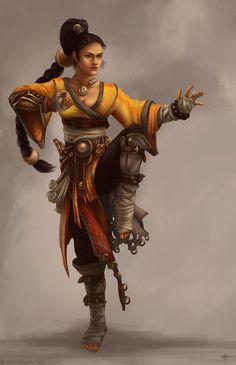You've come to right place if you are looking for a new uniform or gi for Judo, Taekwondo or Karate. Martial arts uniforms are often quite different than traditional gym attire, but these styles do share some common threads. One of the most common questions is how to design a martial arts uniform. The process of creating a martial arts uniform has become much easier than it was in the past.
Karate uniform
A traditional Karate outfit is known as a "karategi", also known as keikogi or dogi. The term "karate uniform" is Japanese in origin, and refers to the traditional uniform worn by practitioners of Karate. In addition to karate belts, a karate student will wear a keikogi or dogi while practicing the martial art.
Taekwondo gi
In Japanese, the Taekwondo uniform is called keikogi. You can learn more about the gi and the terminology used in Taekwondo by reading Taekwondo Terminology, which contains a comprehensive dictionary of terms and features, including Korean grammar and pronunciation. There are many rules and regulations that apply to the uniform and the gi, and you should make sure to follow them carefully.
Judo gi
The Judo martial art dress includes the gi. It helps the practitioner focus on his training by reminding him of a completely different environment. This is especially helpful for those who train outdoors. The gi is also comfortable and mma gyms melbourne. This martial arts dress can be purchased from AWMA, a company that provides quality clothing for a wide range of martial art disciplines.
Taekwondo pattern following fabric
The patterns in taekwondo are the sequence of attacking and defending techniques against imaginary opponents that follow a particular pattern. This allows students to learn techniques for fighting and sparring. Traditionally, patterns follow the tenets of Taekwondo. These tenets have this meaning:
Kendo gi
A kendo practitioner will also wear the hakama (traditional Japanese karate uniform), wooden armour, and specially designed helmets. The keikogi, also known as kendo, is a long, heavy jacket made of blue or black with a double weave. It's similar to the Judogi. A kendo hakama is a short, loosely fitted white hakama, similar to the one worn by a samurai while practicing Jujutsu. A keikogi typically has a hakama in white and is usually black. The kit includes a helmet as well as a hakama, which can be worn under or above the keikogi.
Taekwondo jacket
The F10 white Taekwondo Jacket, a lightweight, comfortable and functional Taekwondo garment, is available in a variety of colors. Made from 55% cotton and 40% polyester, this jacket is made with a wide, long cut that allows the wearer to bend and move easily. The jacket's front is striped to indicate a performer’s belt level. The stripes extend to the waist, giving the wearer an elevated look during competitions.
Judo sleeveless jacket
A Judo sleeveless sweatshirt is not a suitable replacement for a full-length sleeveless gi. Instead, it should be worn under a long sleeveless shirt. The sweatshirt is crafted from a polyester and cotton blend, and is made to withstand the rigors of judo. It has three stripes and features embroidered adidas patches.
Taekwondo sleeveless jacket
The basic taekwondo uniform is white, but instructors may use a different color. The jackets may have a school logo imprinted on the back, or a sew-on patch. Some schools have teams with patches that indicate their membership. The shoulder and chest may also have a national flag sewn on them. Taekwondo jackets tend to be sleeveless. However, some styles may have a zippered entry.
Kendo sleeveless jacket
A sleeveless Kendo jacket is an essential part of the kendo uniform. These jackets are typically 100% cotton and are a must-have for kendo training. In addition to Kendo, this type of jacket is also popular among other martial arts, including kobudo, iaido, and jujitsu training. This article of clothing is a great addition to any kendo bag or belt.

